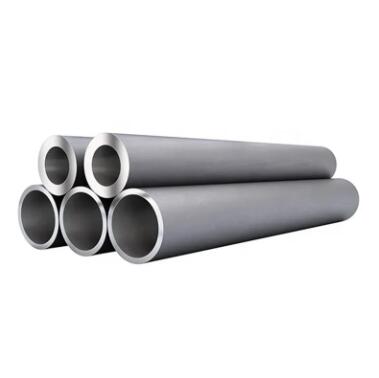Weaving Colors and Sizes: Unraveling the Materials Behind Multi-Size, Multi-Color Non-Woven Drawstring Bags
2024-01-11
Introduction:
The world of bags has witnessed a notable evolution, and at the forefront of this transformation are multi-size and multi-color non-woven drawstring bags. These versatile accessories have become not just functional carryalls but also stylish statements. In this blog post, we'll explore the materials commonly used in the production of these bags, delving into the unique features that make them durable, eco-friendly, and visually appealing.
Non-Woven Fabric:
1. Polypropylene (PP):
- Polypropylene is a widely used material in non-woven drawstring bags. It offers excellent strength, durability, and resistance to wear and tear.
- PP is known for its lightweight nature, making it an ideal choice for bags that need to balance durability with ease of use.
2. Polyethylene (PE):
- Polyethylene, another polymer commonly used in non-woven fabrics, provides a soft and flexible feel to the bags.
- PE is appreciated for its moisture resistance, ensuring that the contents of the bag remain protected even in changing weather conditions.
Manufacturing Process:
3. Spunbond or Meltblown:
- Non-woven drawstring bags are typically produced through processes like spunbond or meltblown.
- Spunbond involves spinning and layering continuous filaments, while meltblown utilizes the extrusion of melted polymer to create fine fibers.
Key Features:
4. Strength and Durability:
- The materials used contribute to the bags' strength, ensuring they can withstand the rigors of everyday use.
- This durability makes them suitable for various purposes, from shopping and promotional events to outdoor activities.
5. Lightweight Nature:
- Non-woven fabrics, being inherently lightweight, add to the convenience of these drawstring bags. Users can carry them effortlessly, making them ideal for on-the-go lifestyles.
Color Palette:
6. Vibrant Pigments and Dyes:
- Non-woven drawstring bags come in a spectrum of colors thanks to vibrant pigments and dyes.
- The use of vivid colors enhances their visual appeal, making them popular choices for promotional events and branding.
Environmental Considerations:
7. Recyclability:
- One of the standout features of non-woven drawstring bags is their eco-friendly nature. The materials used, especially polypropylene, are recyclable, aligning with sustainability goals.
8. Reduced Environmental Impact:
- The production of non-woven materials typically involves less energy and resources compared to traditional woven fabrics, contributing to a reduced environmental footprint.
Conclusion:
Multi-size and multi-color non-woven drawstring bags are a testament to the innovation in bag design and manufacturing. The thoughtful choice of materials, including polypropylene and polyethylene, not only ensures their strength and durability but also aligns with sustainable practices. As these bags continue to gain popularity in diverse settings, from retail to events and beyond, the materials used play a crucial role in shaping their functionality, aesthetics, and environmental impact.



